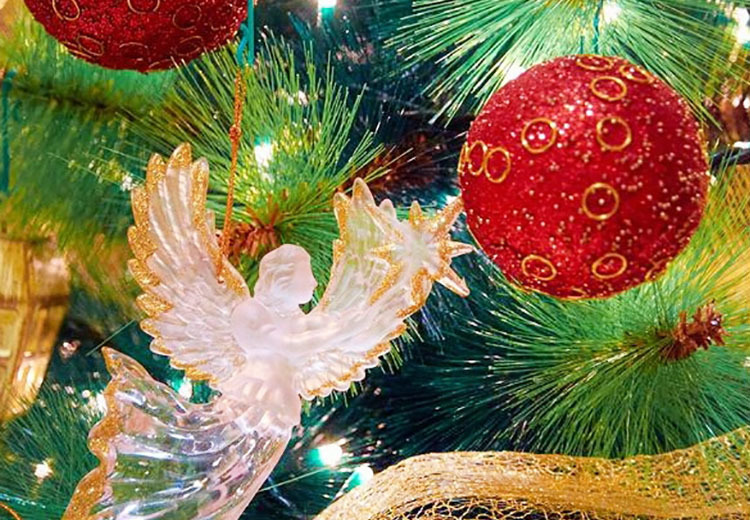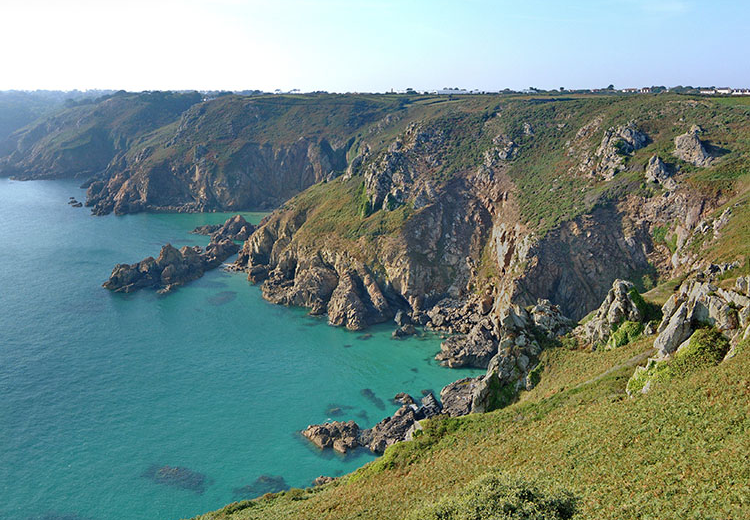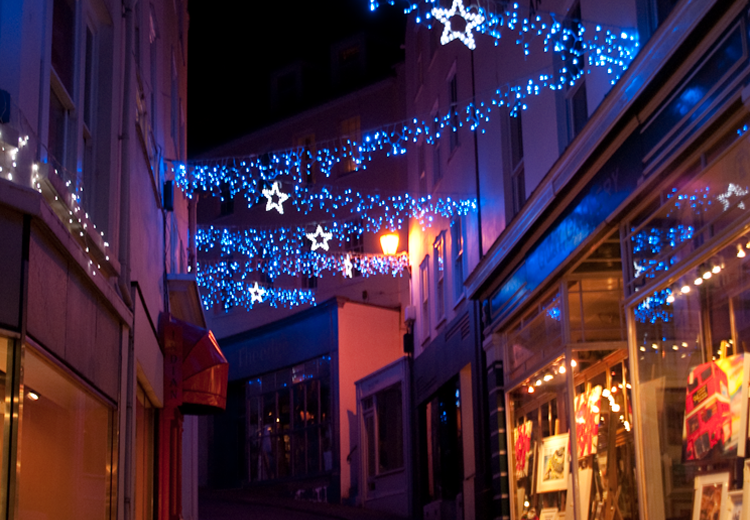
In fact, despite Guernsey’s size the island is positively brimming with supernatural tales that the Sarnians share by the fireside.
Sarnia, the original Latin name for Guernsey, is littered with megalithic stones and caves, known as dolmen, many of which have folk tales surrounding them, for example Le Trepied Dolmen at Le Catioroc. The dolmen is a burial chamber and legend has it that witches used to dance around the stones on Friday nights, their Sabbath, and occasionally the devil himself, in the form of a wolf or goat or dressed in black fur, would sit on the stones as the witches danced. As a result the superstitious locals used to avoid the area once the Sabbath arrived.
Invasion of the Fairies
Another megalithic site at the centre of local folklore is Creux es Faies. Locals reportedly believed that it was the entrance to the fairy kingdom and is the basis for a legend called Invasion of the Fairies.
Legend has it a fairy prince fell in love with a beautiful local girl and took her away to fairyland, leaving behind a magical pink lily, the Nerine sarniensis, or the Guernsey Lily, to comfort her family. The other male fairies were impressed by their new princess and decided to invade the island and take their own wives. They emerged from Creux es Faies and were seen by a local cowherder who was told that he must inform the locals of their intentions and that if the men refused to hand over the women they would be taken by force. The men naturally refused and as a result they were forced to battle for their lives. Allegedly, the final battle was on a hill of St Peter Port, now called Rouge Rue, or Red Road, named after the blood of those who died.
Once victorious, the fairies settled on the island and had families with the local women. They later returned to fairyland leaving their wives and children behind. It is said that the high proportion of Guernsey men who are shorter than average is because that fairy blood runs through their veins!
The Guernsey Martyrs
Witchcraft and sorcery is an important part of Guernsey’s folklore. As the witchcraft trials were taking place across Europe in the 16th Century around 100 men and women were found guilty and burnt at the stake – many of whom now haunt the island. One storAs we enter October our mind inevitably is drawn to darker evenings, thoughts of Halloween and creepy ghosts and wicked witches.y associated with witchcraft is that of the Guernsey Martyrs.

A woman called Catherine Cauchés (sometimes referred to as "Katherine Cawches"), and her two daughters were accused and later found guilty of holding pagan beliefs. They were condemned to death and burnt alive. Catherine is believed to haunt the area of Tower Hill where they met their deaths. One of her daughters, who is alleged to have given birth during her execution (the baby was thrown back into the fire) is also said to haunt the area. A plaque dedicated to the three women can be found on Tower Hill Steps near the site of the execution.







